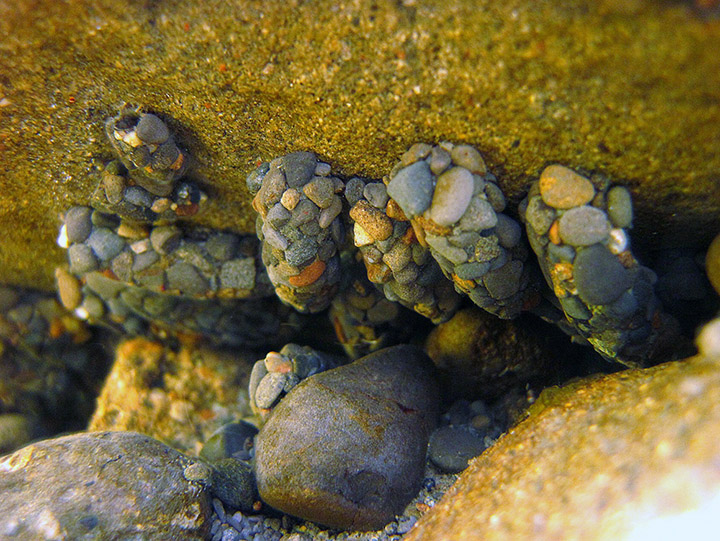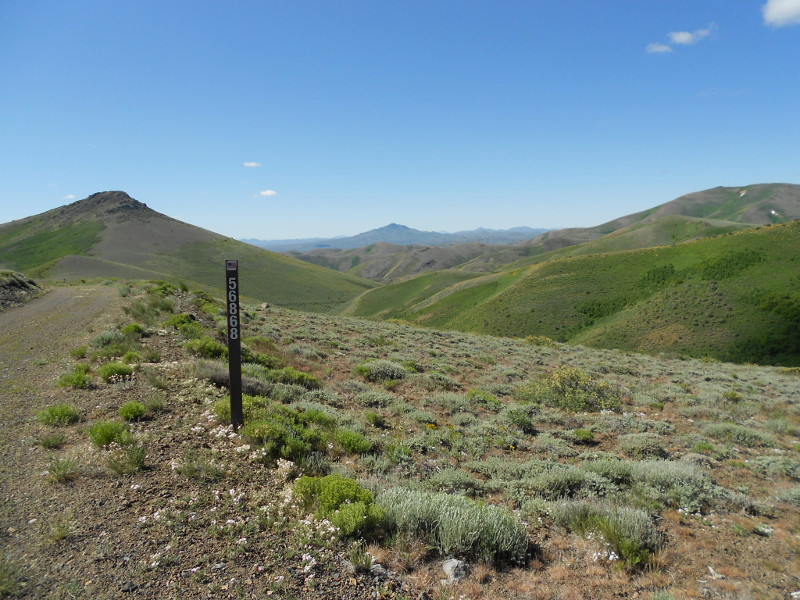| Categories: |
|---|
Estimated reading time: 2 minutes
Regulatory and resource agencies sometimes require collection of benthic macroinvertebrates and/or fish for baseline data or permit compliance. Too often they do not know what they will do with the data. Correctly analyzing and interpreting these data yields valuable information that operators and regulators can use to make well-informed decisions regarding Clean Water Act compliance.
Aquatic biotic communities reflect ambient water quality conditions much better than do chemical concentrations. This is particularly true for benthic macroinvertebrates as they are less mobile than fish. Macroinvertebrates also quickly recolonize areas from which they were extirpated, frequently within a month.
Selecting appropriate statistical models requires understanding the differences between biological and physical-chemical data. For example, the latter are continuous (infinite values between any two end points such as a degree of temperature or mg/L of concentration) while the former are counts. Count data are not represented by continuous frequency distributions such as the normal (bell) curve, but the logarithms of counts might be normally distributed. The absence of an organism at one or more locations might be statistically significant; then again, it might not be: the organism might be present but not collected. In this situation the Bayesian approach to statistical models is more appropriate than is either the frequentist or maximum likelihood approach. The interpretation of model results needs to be carefully considered for the specific question that needs to be answered.
This work was originally published on the Applied Ecosystem Services, LLC web site at https://www.appl-ecosys.com/blog/analyzing-aquatic-biological-data/
It is offered under the terms of the Creative Commons Attribution-NonCommercial-NoDerivatives 4.0 International license. In short, you may copy and redistribute the material in any medium or format as long as you credit Dr. Richard Shepard as the author. You may not use the material for commercial purposes, and you may not distribute modified versions.


